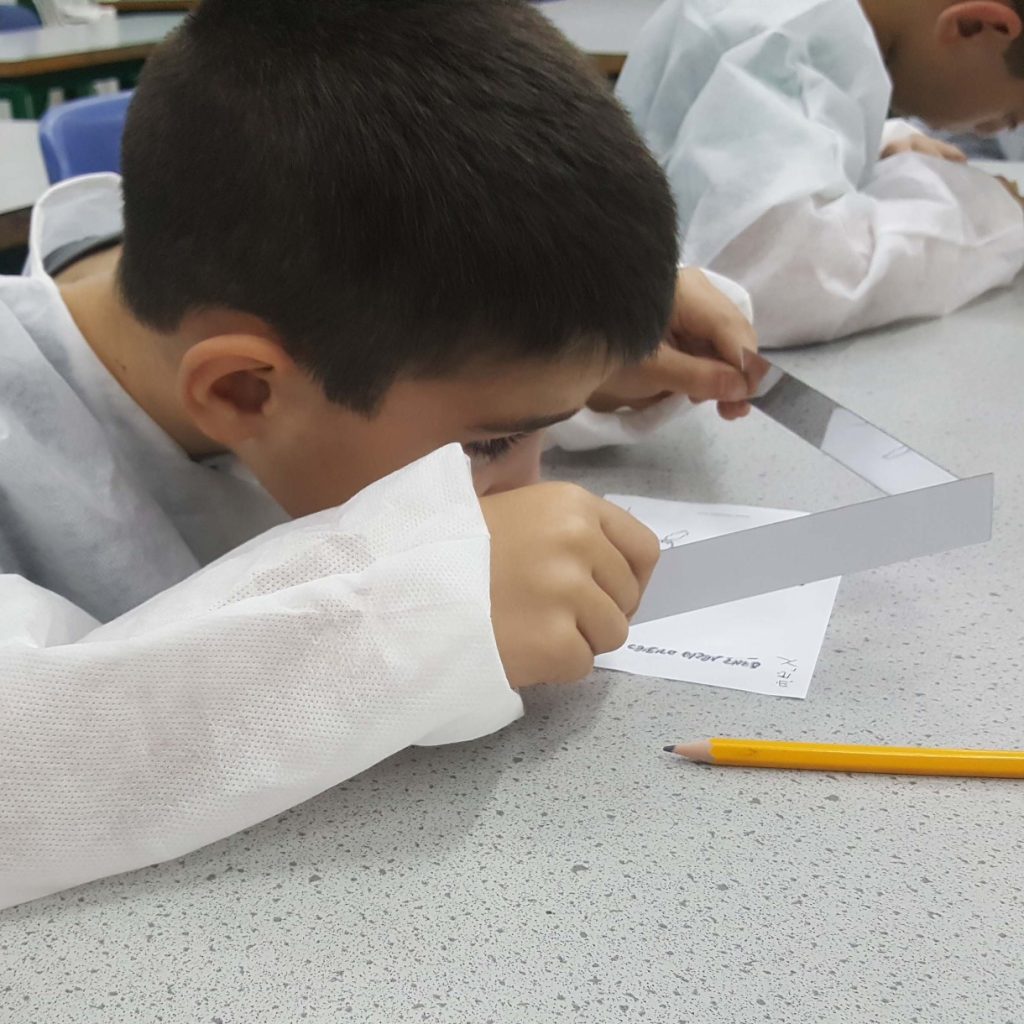STEM education is an essential part of elementary school curricula, fostering critical thinking, problem-solving, and creativity among young learners. Many teachers use STEM bins filled with exciting materials to engage students in hands-on learning experiences. However, it’s not uncommon for materials to go missing or get misplaced, causing frustration for both educators and students.
Materials like marbles, playdoh, Lego mini figures, magnets etc. catch the student’s attention and quickly “disappear”.

Today, we’ll explore some effective strategies to prevent STEM bin materials from being stolen or misplaced by students. By implementing these ideas, you can create a classroom environment where materials are respected.
Clear labeling:
The first step to preventing materials from disappearing is clear labeling. Start by prominently labeling all STEM bin materials with either the bin’s name or your classroom designation. This simple step makes it easier to identify items that belong in the bins and discourages students from taking them.
Secure storage area:
Create a designated storage area that’s readily accessible to teachers but not students. Lockable cabinets or high shelves are effective solutions to ensure secure storage when materials are not in use.
Educational discussion:
Teach the students the importance of respecting shared resources. Engage them in meaningful conversations about the consequences of inappropriate material handling. Help them understand how their actions can impact their opportunities for hands-on learning.
Help them visualize:
For example take a box of marbles, tell them you really love marbles, and you want to take one for yourself. Ask them if that’s ok. After that, ask them what would happen if every student took one? Take marbles out one by one and give one each to a student. Show them the almost empty box. If you take the materials, we won’t have materials to work with!
Mistakes Happen.
Returns are always welcome. If they find a piece that belongs to a STEM bin in their class or in the hallway, they sould help it find its way back to its place.
Positive peer pressure:
Offer rewards or recognition to students who consistently follow the rules for handling STEM bin materials. This creates positive peer pressure, motivating others to follow guidelines and act responsibly.
- You can offer extra materials the next lesson, stickers, or a small surprise occasionally. The price you pay for it would be less then what you will spend to replace items gone missing.
Check in / Check out system:
Institute a straightforward check-in/check-out system, where students must sign out borrowed materials and then return them.
- Count all materials before giving them to students and check you got it all back.
- Tell the students exactly what they got. Remind them they are responsible that everything is returned.
- You can take pictures of your sets and laminate them. When they are finished with their challenge, they must check their list to make sure everything is back where it belongs.
- Sticky notes – each student that gets materials, leaves his name on a sticky note on the board. When he brings everything back, he gets his name off the board. This works extra well when giving things like Lego figures kids love. If you have notes left, you know who didn’t turn his materials.
Assigned responsibilities:
Assign specific students the responsibility of managing STEM bins, rotating these duties. This fosters a sense of ownership and encourages students to be proactive for the items they are responsible for.
- Have a student in charge of materials in each group. They have to make sure all the materials return to you.
- A seeker – if something is missing, he looks for it (on the floor, in the bin…)
Keep valuables to the last minute:
When dealing with particularly enticing materials, distribute them only when students need them for their activities. For example, give out Lego figures once their activity is completed or marbles after the maze is ready.
Parent involvement:
Involve parents in the process by explaining the significance of STEM materials and the need to ensure their safekeeping. Encourage parents to discuss these values with their children at home.
Creating a culture of responsibility and respect for shared resources in your classroom is essential for the smooth functioning of STEM education. By implementing these strategies, you can minimize the risk of STEM bin materials being stolen by students and ensure that all learners have access to the valuable hands-on learning experiences they deserve. Remember, it’s not just about preventing theft; it’s about instilling important life skills in your students.












